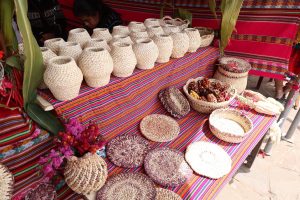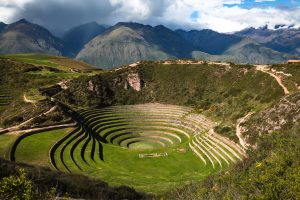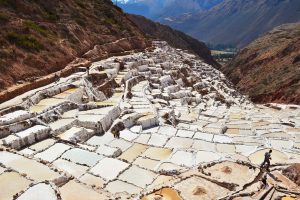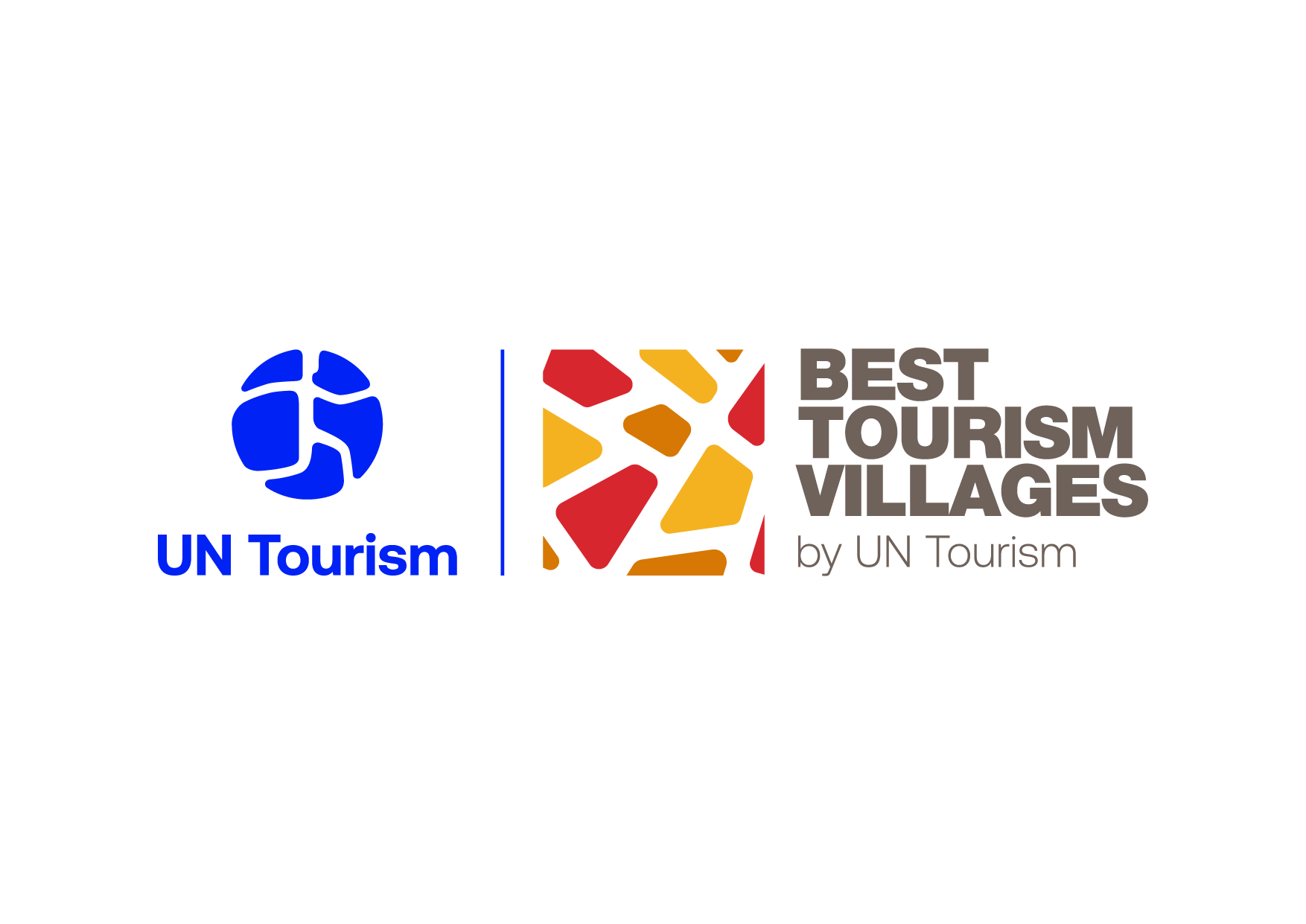Nestled at an elevation of 3,380 meters in the Sacred Valley of Urubamba, Pueblo de Maras, Peru is a captivating village in the Cusco region, approximately 48 kilometers from the city of Cusco.
Founded in 1556 by Pedro Ortiz de Orué under the patronage of San Francisco de Asís, Pueblo de Maras, Peru showcases a rich tapestry of natural and cultural attractions, including archaeological sites, colonial architecture, and stunning salt mines. This village has a vibrant tradition of food production and artisan crafts, serving as a hub for community-based tourism that preserves its unique heritage and promotes local identity.
HIGHLIGHTS
-

Cultural Heritage and Artisan Craftsmanship:
Maras is renowned for its artisanal production, featuring four main crafts: weaving, pottery, stone carving, and salt production. The village plays a significant role in preserving its cultural identity through community-driven initiatives, including theatrical performances in Quechua that narrate local myths and legends. Workshops offer visitors the opportunity to learn traditional crafts, such as corn husk art and the making of traditional hats and Andean instruments, fostering a deeper connection with the local culture.
-

Sustainable Community Tourism:
Maras has emerged as a leading destination for community tourism, integrating local customs and traditions into visitor experiences. This initiative allows travelers to engage with the community through hands-on activities, helping to sustain local traditions while supporting economic development. As a pioneer of community-based tourism in the Cusco region, Maras emphasizes the importance of preserving its cultural heritage, providing an immersive experience that showcases the rural lifestyle and agricultural practices of the area.
-

Astrotourism and Natural Attractions:
Recognized as the first “Starlight Place” by a Spanish foundation, Maras has begun to develop astrotourism as a unique offering. This innovative tourism segment complements traditional community tourism, allowing visitors to explore the Inca worldview through astronomy. Additionally, the village’s famous salt ponds, which are UNESCO World Heritage candidates, attract visitors for their cultural significance and scenic beauty. The salt production process, involving 633 local families, not only sustains the community economically but also enhances the local cuisine, incorporating traditional salt into various dishes enjoyed by residents and tourists alike.

